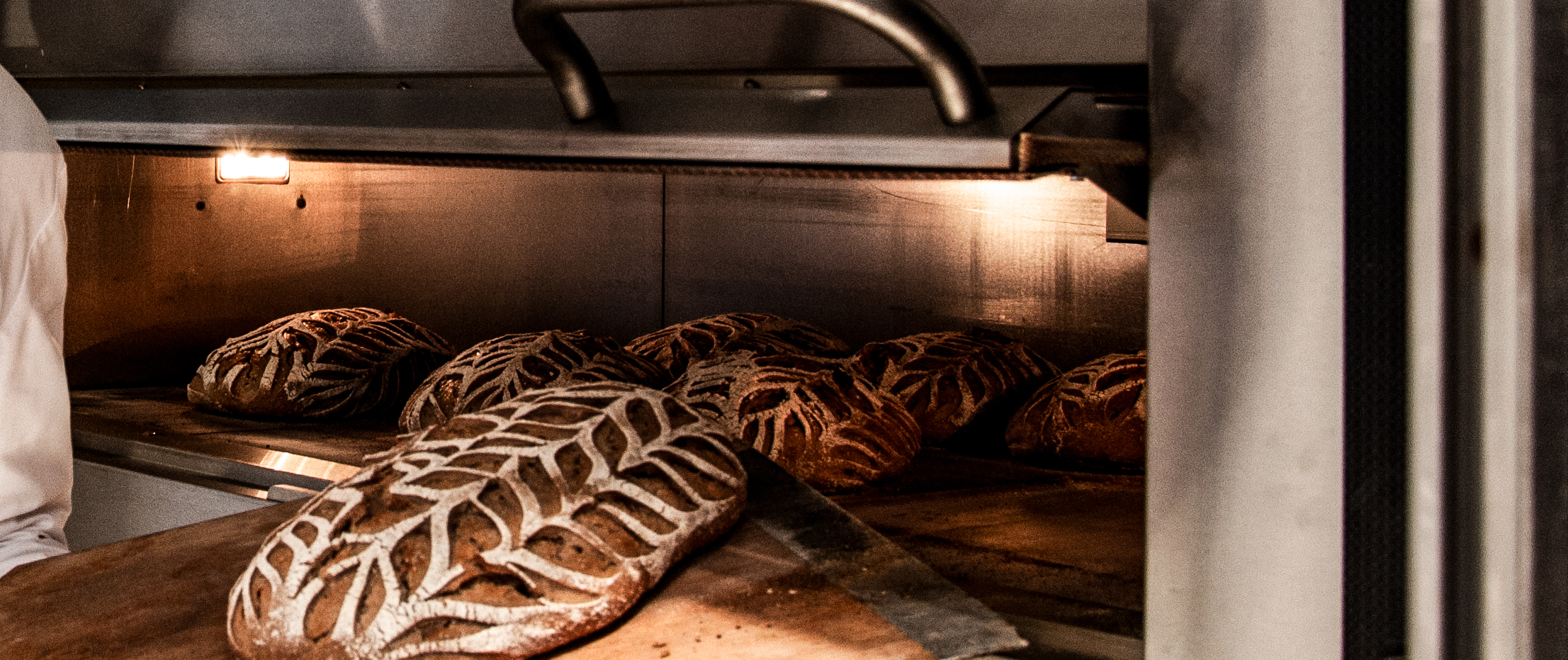Energy efficient ovens
How much energy do we need to reach the required baking temperature? Can we use less? These questions gave answers that led to better hardware. Better insulation retains the heat and the oven needs less energy to go from cold to the desired baking temperature.
Heat that stays put
It all starts when the oven is switched on and we add energy. As the heat that warms up the oven chamber and which is essential for making the end product does not last forever, getting an oven to retain as much heat as possible for as long as possible is fundamental to the development of energy efficient products.
It's all in the materials
While the principal of using less energy by retaining heat is a pretty obvious one, it doesn't make achieving it easy. Every part that has an effect on the process must be optimized to provide the best reuslts. We concentrate on insulating more places than usual in the our ovens. For example, the ovens and provers are fitted with well-insulated base plates. Improved insulation technology has also been used on hatches, doors, and as well as insulating more components. We have also used a higher grade of insulating materials.
Smart parts
In addition to the insulation, the ovens have more smart characteristics such as an inbuilt steam generator to provide an even, plentiful flow of steam to the entire oven chamber; efficient elements, halogen lighting and twin temperature sensors, to name but a few. Furthermore, the stone hearths were specially developed to retain heat and provide excellent baking results.
Faster start
If the process starts when the oven is switched on, it reasonably ought to end when it is switched off at the close of the working day. However, this is not the case. One of the great advantages of achieving such high insulation properties is that the oven retains heat for a long time, even when switched off. This means the correct baking temperature is reached faster the following morning, which saves both time and money.


